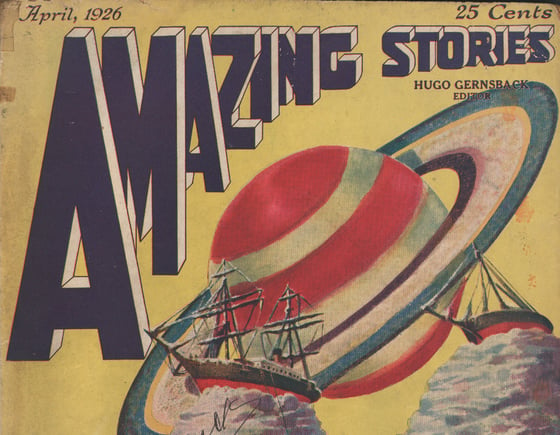


Content marketing and our love for the user [stories]




In ‘How Google Works’ by Eric Schmidt and Jonathan Rosenburg, they tell us that,’”Giving the customer what he wants is less important than giving him what he doesn’t yet know he wants.”
By which they mean that market research must never become more important than technical innovation, which is an integral part of Agile or Content Marketing.
The idea behind this type of marketing is to get right into the brain of the customer and set up camp there, watching and anticipating everything that makes a customer ‘tick’. We’ve talked about this quite a lot in some of our previous psychographic posts.
Of course, camping out in someone's head for any length of time is physically impossible to do, so we recommend that you take on the helpful concept in agile/content marketing called User Stories, and so following Epics and Themes.
Done right, a content marketing campaign will provide you regular content to boost organic visibility, capture targeted lead information, analyse that data in unique ways to improve ROI, while entertaining and informing your audience. Read '3 tips every content marketing agency should follow' to learn more.
Agilemarketing.net explains a user story as a way of showing what a user or buyer wants to accomplish. These then help customers get through to the buying process and make sure that the marketing team understand what the customer wants and doesn’t know they want.
User Stories are often recorded in one sitting and are quite short, agilemarketing.net recommends that you write them on large index cards and we would whole-heartedly agree.
As is inferred from the name, Epics are longer user stories that take a couple of goes to finish and Themes are groups of user stories that all centre around a certain project or target audience.
User stories are a valued and important part of content marketing, and usually form part of wider marketing strategy called a Sprint, which we will cover in a later blog.
To create a good user story, Roman Pinchler recommends 10 top tips on his blog, we’ve chipped away at these slightly and recommend you:
- Start with the user - your target audience
- Create a persona - this is a fictional character for the purpose of the story who represents your users
- Write the user story collaboratively - with copywriters, marketing officers and most importantly the owner of the product
- Keep them simple and concise - writing on index cards helps massively with this
- Keep them accessible - everyone on the team needs to be able to see the user story, to add to it or keep an eye on its progress
- Don’t just focus on user stories - as we said, user stories are part of the wider sense of content marketing, they need to be created as part of a strategy, so don’t focus all of your energy on them
So, once you know what the components are to build a user story, all you need to do is write one! Let us give you an example…
Say you’re a company who produces camera accessories, lighting accessories and supports and you want to produce a new type of tripod for a camera (a Nikon or Canon or something).
You’re going to need to pull something pretty impressive out of the bag to produce something groundbreaking for what’s essentially a prop with three legs.
Well, a few years ago, producer of innovative camera accessories, Manfrotto developed a tripod with a fully-extending horizontal arm.
One way this product came about, might have been through the creation of a user story, which would have primarily identified the needs and wants of a tripod user, which are basically:
- Stability
- Versatility
- Robustness of design (needs to travel well)
A primary user story will indicate that these are the bare minimum requirements that a photographer needs from a tripod.
Next, your user story persona will ask, ‘What’s missing from this tripod, what do I need that are above and beyond its capabilities’?
Asking this question throws up the possibility that your persona might not be a portrait photographer, they might be a nature photographer, or an architectural photographer.
In this case, the persona will be shooting photos on rough terrain, which makes it difficult to find a level spot for optimum shooting. Or, perhaps your persona needs to capture images from below ground level or down into holes or pits.
With regards to rough terrain, having an ordinary tripod means your persona is limited to level spots/angles and has to move location more than they would like. In the case of lowering the camera into holes or pits, this would usually require a larger, more complicated rigging, that they will need in addition to an ordinary tripod.
So, what is the solution for the persona/user? The solution, is to build a tripod, with a full-extending horizontal arm, eradicating the need for extra kit and enhancing the range of shooting spots and angles.
Here you can see, that very quickly, not only have you solved the problem of the stationary tripod, but you have also identified two new potential target markets, in which to expand your product.
You can use this model to create practically any kind of user story, and once you have it, you open up more channels of marketing communication.
Done right, a content marketing campaign will provide you regular content to boost organic visibility, capture targeted lead information, analyse that data in unique ways to improve ROI, while entertaining and informing your audience. Read '3 tips every content marketing agency should follow' to learn more.







